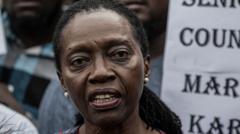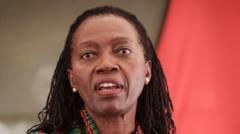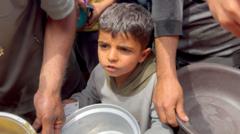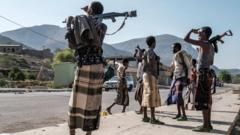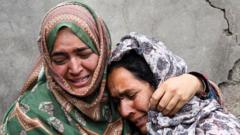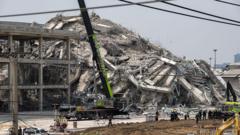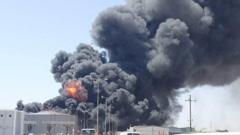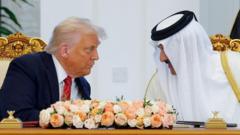Following a devastating earthquake, Myanmar's military has been accused of obstructing humanitarian aid, using it strategically to control regions and populations, stifling relief efforts in areas opposed to their regime.
Myanmar's Earthquake Relief Efforts Stifled by Military Tactics
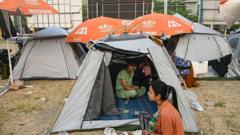
Myanmar's Earthquake Relief Efforts Stifled by Military Tactics
Aid becomes a political weapon as military reduces access while calls for international help grow.
On March 28, a catastrophic earthquake of 7.7 magnitude struck Myanmar, resulting in over 2,886 confirmed fatalities. Despite the urgency for aid within the critical 72-hour "golden window" post-disaster, access for rescue and relief workers was severely hindered by military authorities. Junta leader Min Aung Hlaing extended a reluctant invitation for international assistance, claiming to have opened avenues for foreign aid. However, ground reports indicated curfews, extensive checkpoints, and questioning of aid personnel were imposed, undermining rescue efforts.
Tragically, as the need for aid intensified, an attack on a convoy carrying relief from the Chinese Red Cross escalated concerns. According to the Ta'ang National Liberation Army, soldiers fired on the convoy, asserting that warning shots were issued out of protocol violations. This incident highlights a recurring trend: the Myanmar military has been accused of targeting aid operations whenever they cannot exert control over them.
Since the military seized power in 2021, combat against local resistance forces has turned aiding civilians into a political tool. Historical analysis reveals that the junta restricts aid to anti-government areas, restricting supplies during disasters, thus severely impacting recovery efforts. James Rodehaver of the UN Human Rights office noted that such actions serve to punish communities that do not support the regime while disrupting their recovery abilities.
In some areas like Sagaing, where the junta's power is nominally recognized, reports of aid being obstructed are already surfacing. The impact is dire as communities struggle with food, water shortages and the loss of shelter, leaving many homeless and vulnerable. Relief organizations have faced heavy bureaucratic hurdles implemented by the junta, exacerbating the urgency of the situation.
Despite these challenges, some aid groups are finding alternative routes to deliver assistance, including conducting operations underground to circumvent military scrutiny. However, these methods are not without delay and danger, raising concerns about the efficiency of relief distribution.
The international community is under pressure to ensure that humanitarian aid reaches those in dire need without military interference. Nonetheless, skepticism about the junta’s commitment to genuine humanitarian efforts remains high, especially given the military's recent airstrikes on civilian populations and mixed signals regarding ceasefires intended to facilitate aid delivery.
In light of the junta’s track record and contradictory statements, stakeholders stress the importance of closely monitoring aid distribution to ascertain whether assistance is reaching the intended populations or being manipulated as a means of political control. The situation calls for vigilance and action to ensure that humanitarian aid is accessed and delivered fairly amidst the country’s complex and volatile political landscape.

